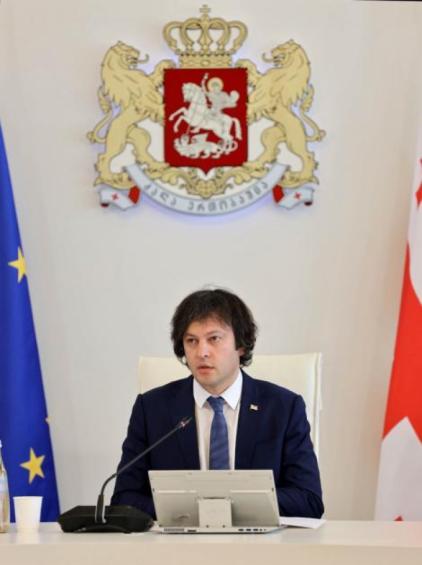
Fragments of a skull, stone tools and remains of animals - all excavated in Dmanisi in recent decades and preserved by the Georgian National Museum - have been introduced to visitors of the French venue, located in southwestern France's Dordogne department, since July.
They are displayed alongside findings from the African continent, with the complete exhibition aiming to illustrate the evolution of the development of stone cutting and tools made from the material over the past two million years.
The earliest exhibit at the display has been dated back 3.3 million years by historians, while the Dmanisi artefacts highlight the site's major status for anthropological, paleontological and archaeological significance.
Curated by Jean-Jacques Cleyet-Merle, Honorary General Curator of the venue, the display has been brought together by the Grand-Palais Union of National Museums of France, the National Museum of Prehistory, National Museums of Kenya and Georgian National Museum.
The exhibition Homo Faber will be open for visitors at the museum through November 29.
0
0










